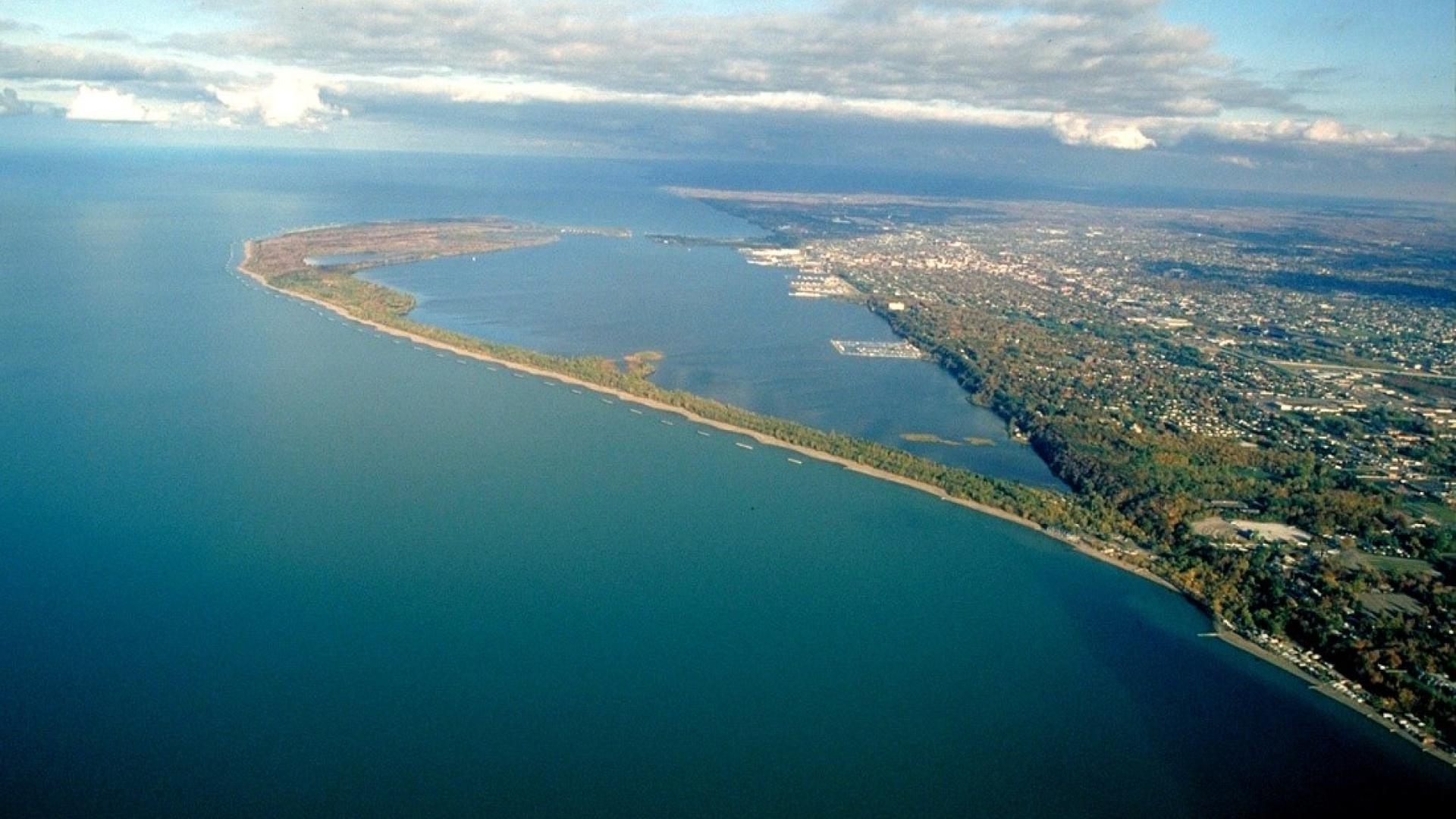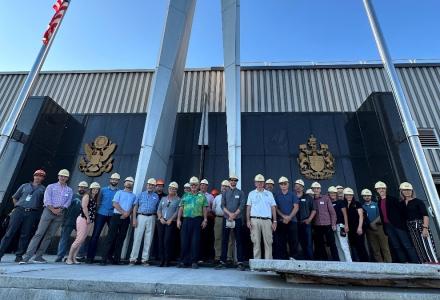
Europeans first settled in the Great Lakes basin more than 300 years ago. Since that time, the lakes’ natural resources have contributed to the building of our nations.
However, this progress has come at a cost to the Great Lakes ecosystem. At many locations, because of a legacy of pollution, fish cannot be safely consumed due to contamination by persistent toxic substances, drinking water requires extra treatment to address taste, odor and potential health problems, and beaches cannot be safely used for swimming.
To respond to the remediation needs of the most severely affected sites around the Great Lakes, in 1987 the U.S.-Canada Great Lakes Water Quality Agreement established Areas of Concern, as recommended by the IJC’s Great Lakes Water Quality Board. Areas of Concern (AOCs) are locations where environmental conditions resulting from human activities – officially termed as beneficial use impairments – locally prevent certain uses of the lakes.

The U.S. and Canadian governments, in cooperation with state and provincial governments, are responsible for development and implementation of plans to address specific water quality problems in AOCs. The Commission’s role is to review and comment on AOC delisting reports. There have been three delisting reports developed by the governments in the past year, for Deer Lake and White Lake in Michigan, and Nipigon Bay in Ontario.
Forty-three AOCs have been identified in the Great Lakes basin – 26 in the U.S., 12 in Canada, and five that are binational and shared between both countries. To date, beneficial use impairments have been removed for seven AOCs, leading to their delisting or removal from the list. An eighth AOC is going through that process, and two have been designated to be in recovery.

In each of these cases, IJC review has agreed that delisting is justified and that completed remedial actions have played an important role in site cleanup. “It is encouraging to see investments being made in AOC cleanup, and the focus each country has on AOCs, with plans to complete cleanup actions in the next four to five years,” said Lana Pollack, U.S. co-chair of the IJC.
Cleanup investments have come from the U.S. Environmental Protection Agency’s Great Lakes Restoration Initiative and Environment Canada’s Great Lakes Action Plan, with state, provincial and other funding partners joining forces with local communities to restore habitat, remediate contaminated sediments, and mitigate point and non-point sources of contaminants.
“But there is more to consider than the cleanup projects alone,” said Gordon Walker, Canadian co-chair of the IJC. “Important issues like delisting AOCs in recovery, delisting binational AOCs, and making sure environmental improvements continue at former AOCs all need to be carefully considered.”
You can learn more about AOCs and their environmental impairments, the clean-up process, the status of cleanup progress, and other AOC-related resources on a new IJC page on Great Lakes Areas of Concern.





